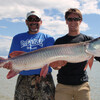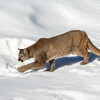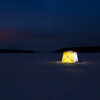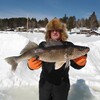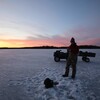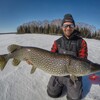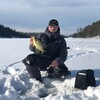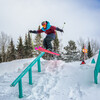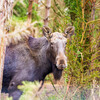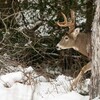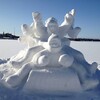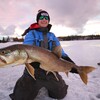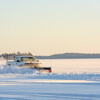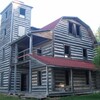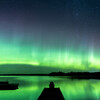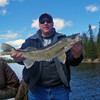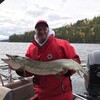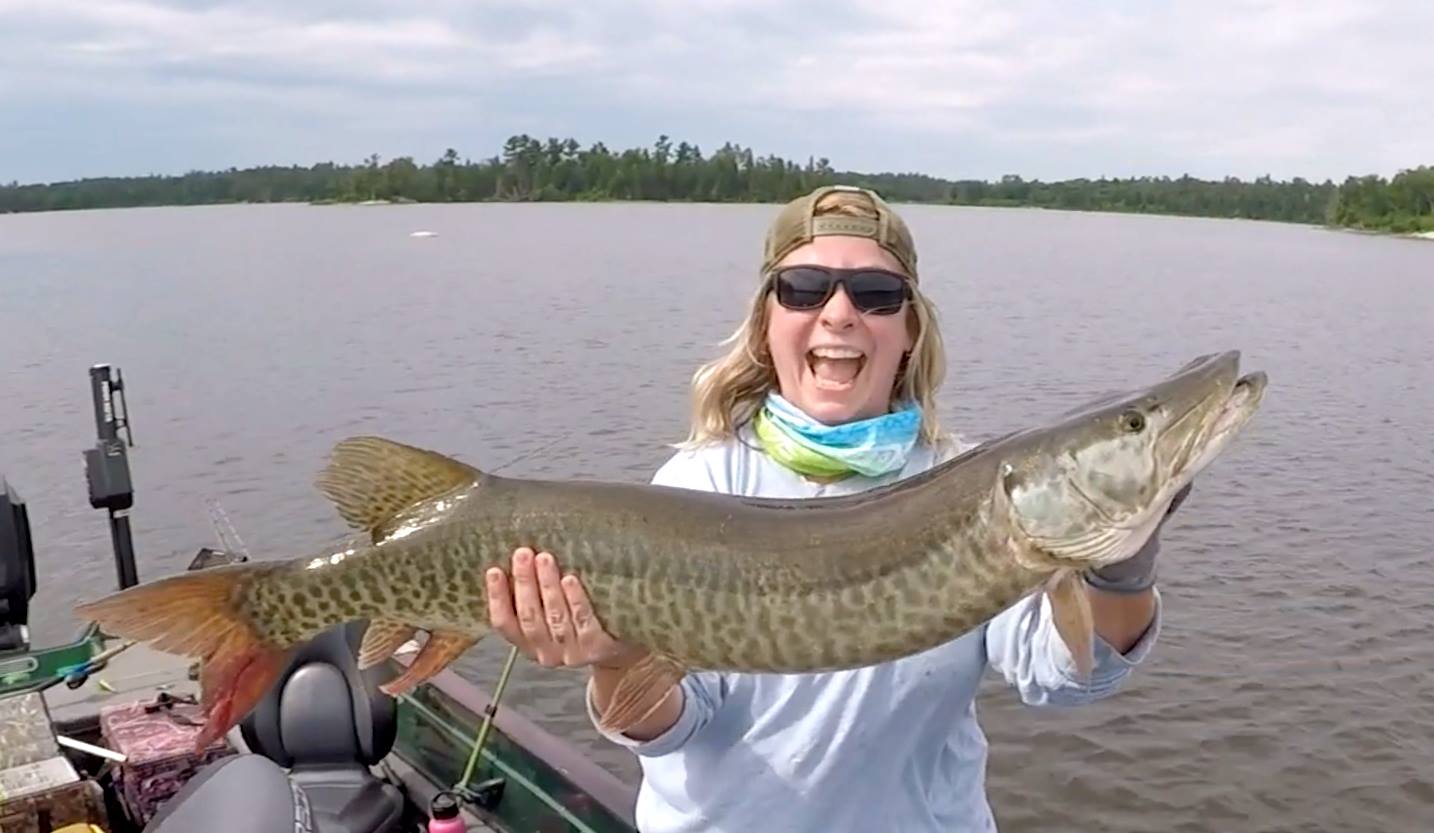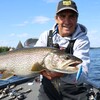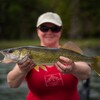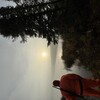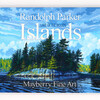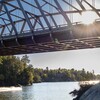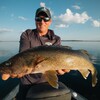No Better Place to Catch a Muskie
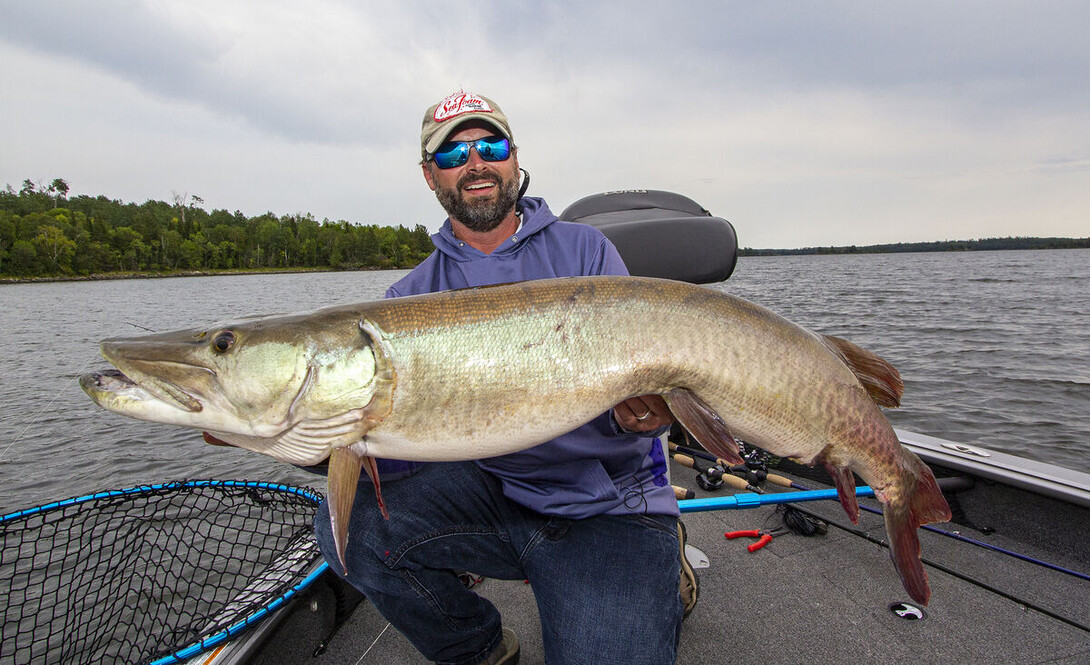
At 415,598 square miles, Ontario is certainly a vast Canadian province. It also has over 250,000 freshwater lakes, a higher concentration of freshwater than anywhere else in North America. It's no surprise, then, when we say we also have the best muskie fishing on the continent. Your fish of a lifetime is swimming in a lake up here; you just haven't caught it yet.
Where and How To Catch Trophy Muskies in Ontario
Despite the vast size of the province of Ontario (it's larger than France), muskies are found only in certain areas of the province. There is a good population in the St Lawrence River, Lake Nipissing, Georgian Bay and Lake St. Clair and other lakes and rivers in Northeastern Ontario. The Ottawa River is also known for having big muskies. However, Northwestern Ontario is the area with the largest numbers and is the place where you have the best chance of catching one.
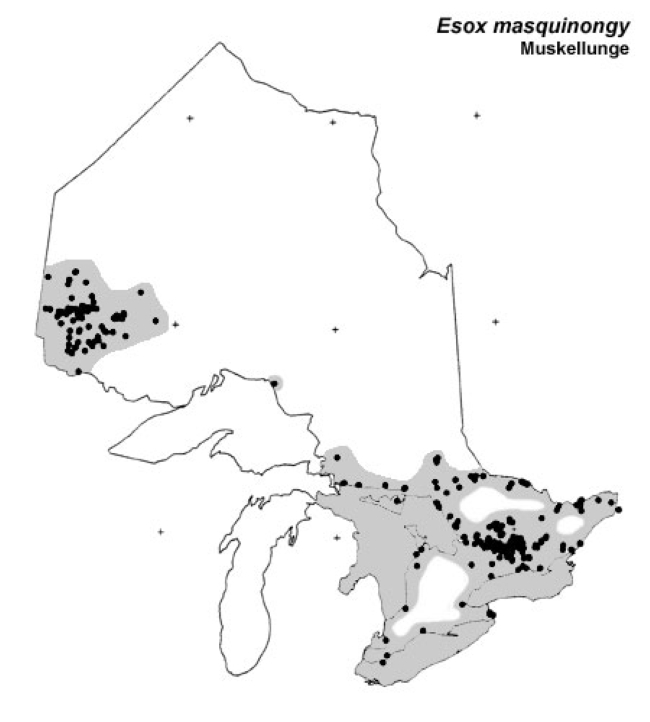
Don't Confuse Muskie with Northern Pike
For non-anglers and even some anglers who don't fish for them, it is easy to confuse muskie with another large predatory fish, northern pike. They do look pretty similar; however, there are noticeable differences that make them fairly easy to differentiate, and muskellunge get even larger than the much more common northern pike.
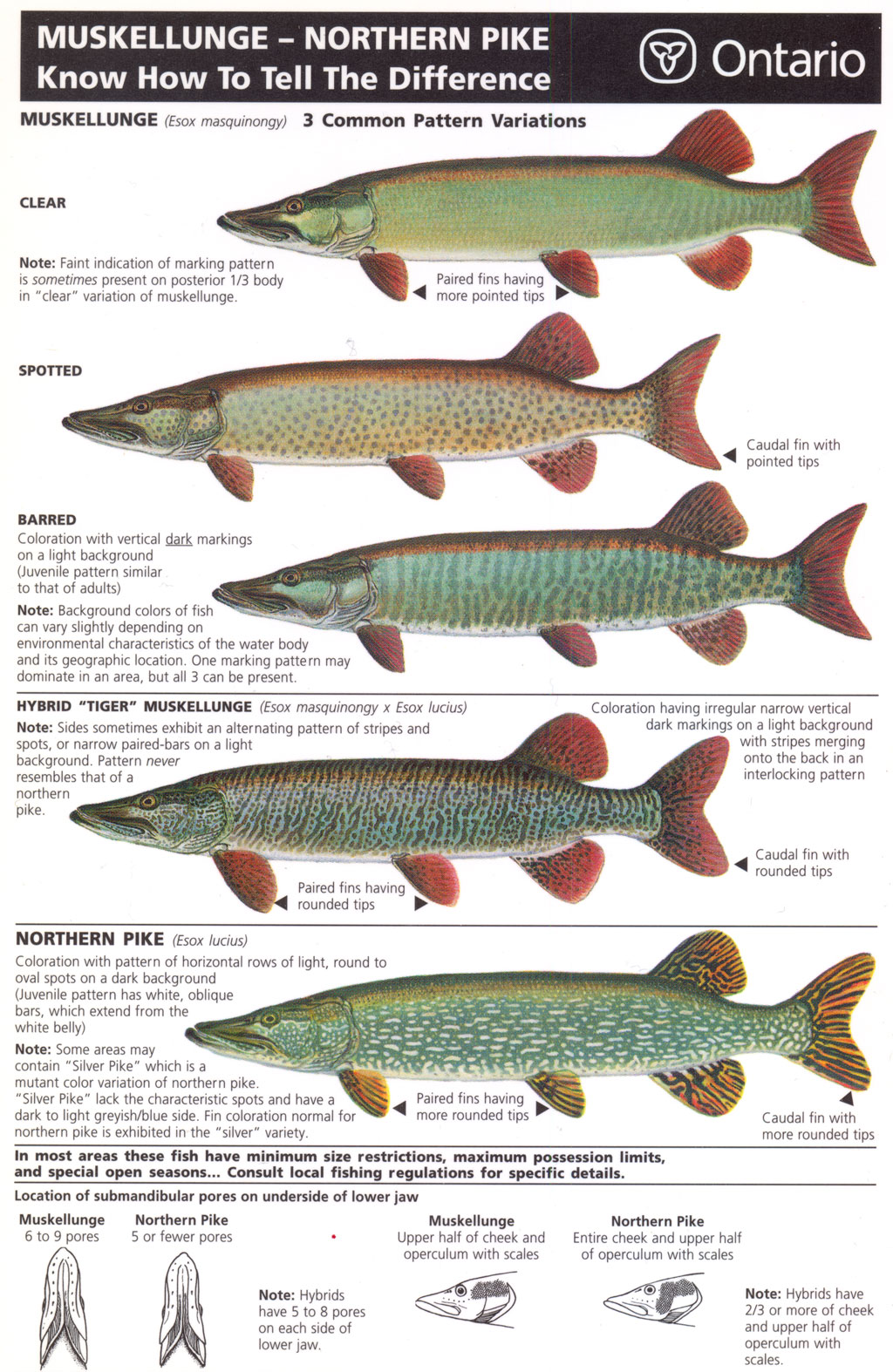
Where To Catch Muskie in Northwestern Ontario
The simple answer here is a lot of places! Seriously, though, Northwestern Ontario has some pretty famous muskie lakes. I decided to ask AI what it thought the Top 10 muskie lakes in the region were and this is the list it provided:
1. Lake of the Woods
Why: Unquestionably the most famous muskie fishery in NW Ontario. It has huge numbers, consistent action, and frequent 50"+ fish. It covers over 1 million acres with thousands of islands and structures.
Notable Areas: Sioux Narrows-Nestor Falls, Morson, Kenora.
2. Eagle Lake
Why: Renowned for producing giant muskies every year. It offers a mix of stained and clear water, diverse structure, and lower pressure than Lake of the Woods.
Size: 68,000 acres.
3. Wabigoon Lake
Why: A big fish factory, known for its murky water, which makes muskies more catchable during the day. Wabigoon has produced fish over 55 inches.
Challenge: Limited visibility can make navigation tricky.
4. Cedar Lake
Why: Often overlooked, Cedar has low pressure and big fish potential. Connected to the Perrault Falls chain, it offers diverse fishing and good resort access.
Bonus: Good multi-species opportunities.
5. Canyon Lake
Why: Smaller, clear-water lake near Vermilion Bay that consistently produces high-quality fish, especially for anglers who know how to work structure.
Best Time: Fall trophy hunts.
6. Minnitaki Lake
Why: Part of the Sioux Lookout system. While more remote, it offers excellent opportunities for low-pressure muskie fishing with chances at giants.
Connected Waters: Abram, Pelican, Botsford lakes.
7. Crow Lake (Kakagi Lake)
Why: A deep, clear lake near Nestor Falls known for clear-water sight fishing and producing some absolute giants. Good for early-season hunts and fall trolling.
Drawback: It can be tougher due to water clarity.
8. Vermilion Lake (near Sioux Lookout)
Why: Not to be confused with MN’s Vermilion, this one is shallow, warm, and full of vegetation—perfect for ambushing muskies.
Bonus: Often very quiet.
9. Indian Lake Chain
Why: Accessible via Vermilion Bay, this chain offers varied habitat with solid numbers and good-sized fish. Less pressured than the big-name lakes. It also has a lot of tiger muskies compared to other lakes.
Good for: Mixed-species trips with muskie as a target species.
10. Lower Manitou Lake
Why: Clear and deep with a reputation for producing very large but challenging muskies. Not for numbers, but for serious trophy hunters.
Note: Knowledge of structure and timing is key.
That's a pretty good list, although you have to add Lac Seul to it, the fish on the east side of the lake are huge. See the image below for a sample of what a Lac Seul muskie looks like.
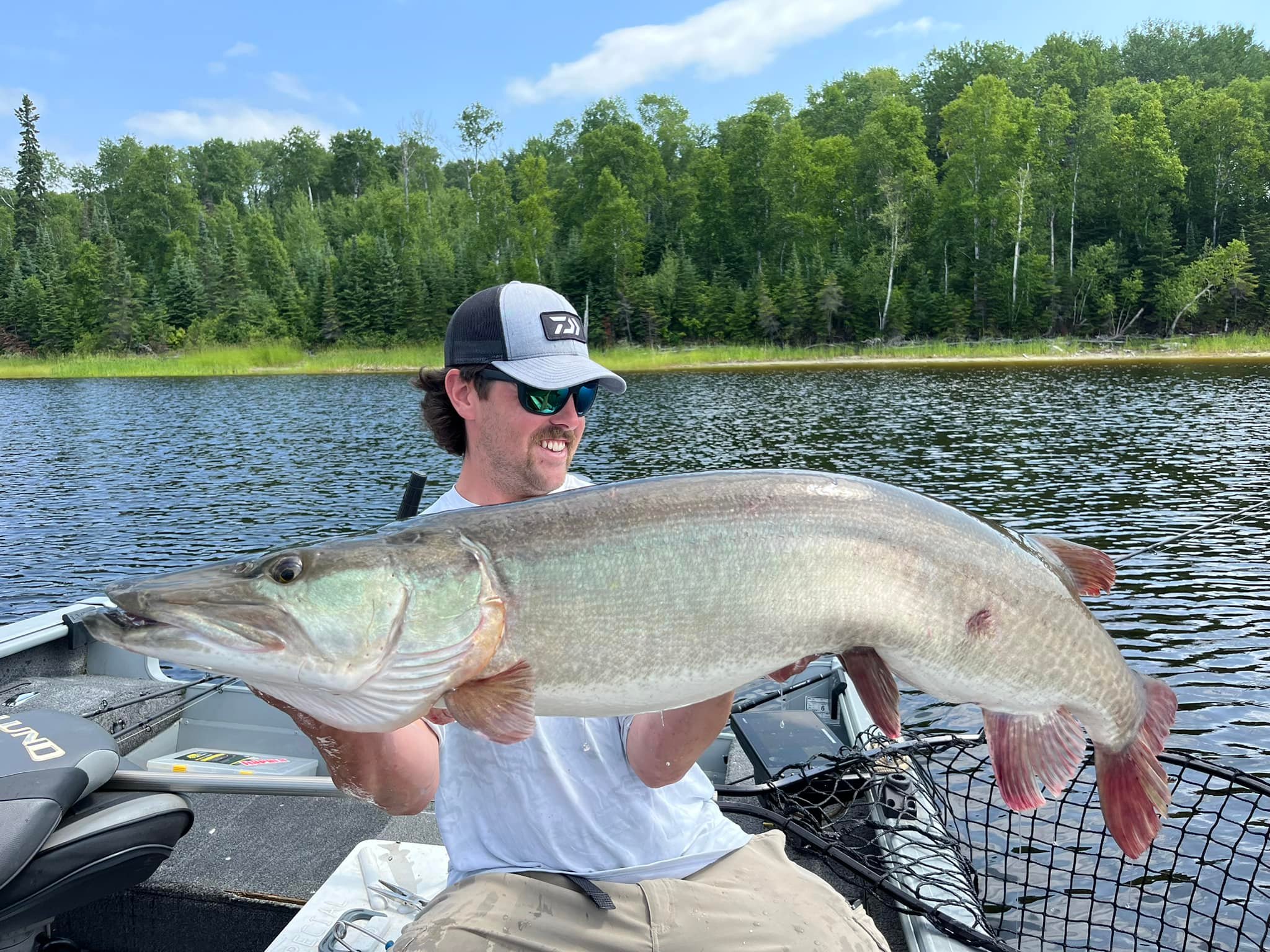
Tips To Help You Catch Muskies in Ontario
Muskellunge are known in the angling community as "the fish of 10,000 casts." There is some truth to that, although when you go muskie fishing in Northwestern Ontario, the odds are significantly better. Muskie eat when they want to eat, so figuring out how to trigger them is key. Paying attention to the weather conditions, moon phase and the structure of the lake you are fishing are all key things to increase your success rate.
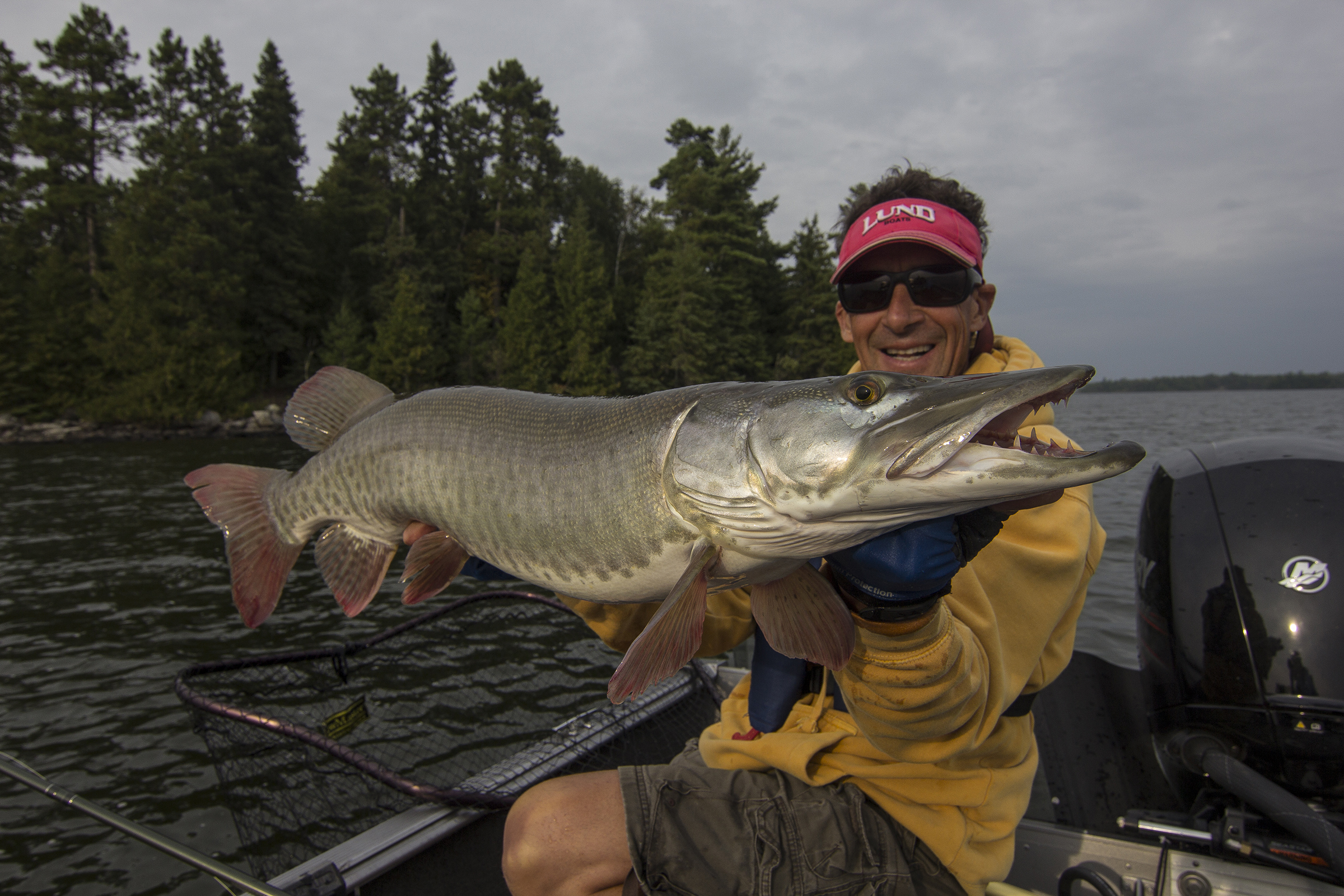
James Lindner from Lindner's Angling Edge has caught a lot of muskies in Northwestern Ontario. Watch this video for tips and techniques that will help you catch more and bigger fish.
Best Gear, Baits and Lures to Use When Muskie Fishing in Northwestern Ontario
The sheer number of choices available when it comes to gear (rods, reels, line and leaders), baits and lures you can use for muskie fishing is nothing short of astounding. The cost of all of the above is also higher than what you need for other fish species, so keep that in mind. If you're a thrifty angler, then muskie fishing isn't for you.
What you choose to use varies based on the weather conditions, time of year and feeding behaviour the muskies have at the time you're fishing for them. The key thing to remember is to give yourself choices, so having several different baits in the boat that you can use is the best strategy. For example, under cold and windy conditions, a topwater bait probably won't work. You'll want to prepare for a change in the weather if it happens, so give yourself choices.
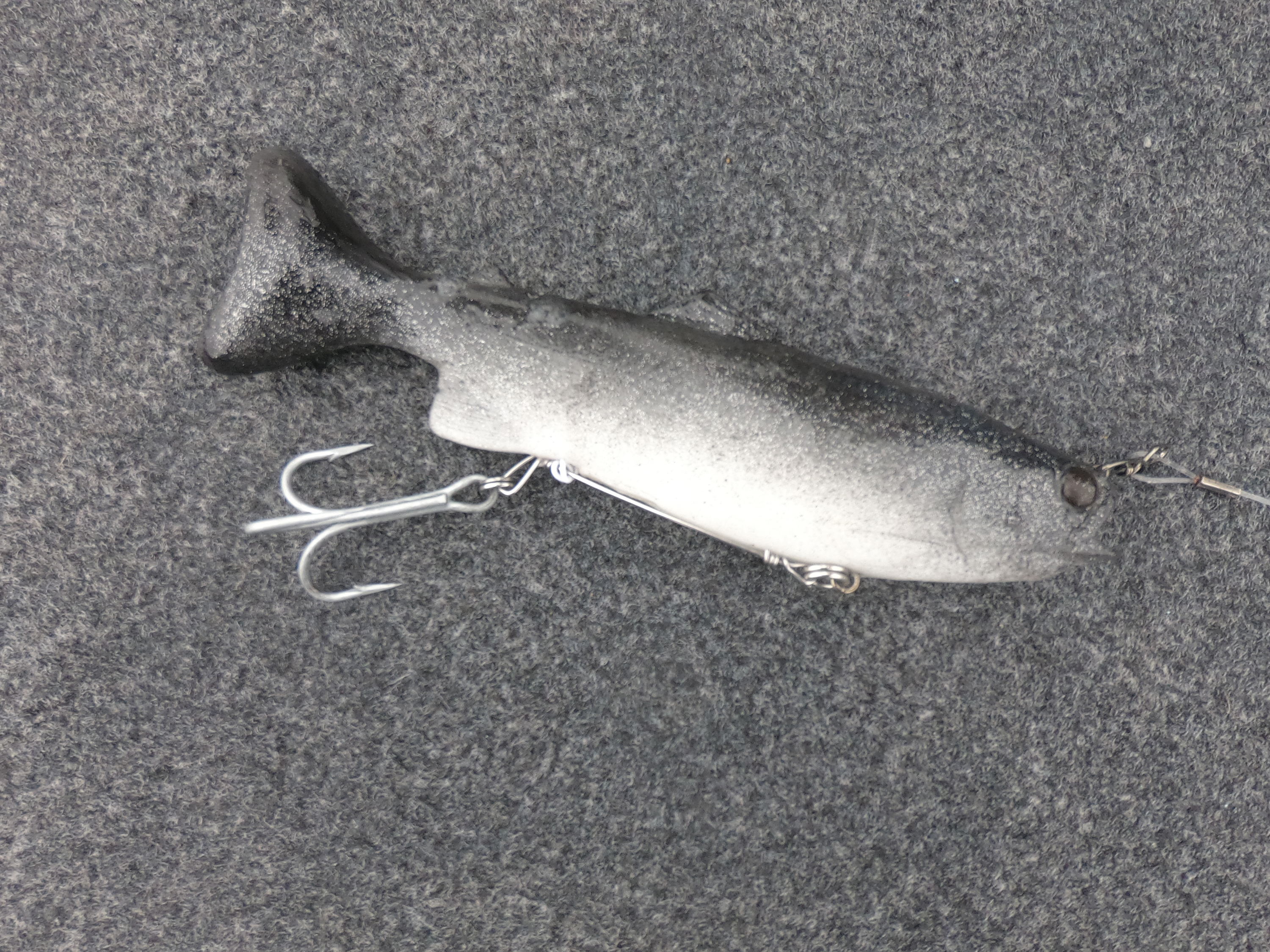
Here is a detailed point-form table summarizing the main types of muskie baits, including when and where to use them, conditions, cost, pros and cons, and key tips:
🎣 Muskie Bait Types Summary Table
Bait Type | When/Where to Use | Conditions | Approx. Cost (CAD) | Upside | Downside | Tips/Notes |
|---|---|---|---|---|---|---|
Bucktails | - Summer & early fall- Shallow to mid-depth- Around weed edges, rocks | - Warm water (60°F+)- Best during stable conditions | $15–$35 | - Easy to use- Cover water fast- Great for triggering follows | - Less effective in cold water- Can wear you out during long retrieves | - Add a trailer blade or soft tail for extra flash- Use double 10s or 8s for big fish |
Swimbaits (Rubber) | - Spring/fall- Deep breaks, open water- Targeting suspended fish | - Cooler temps- Cloudy or low-light conditions | $20–$60 | - Life-like action- Slow-roll or vertical jig- Big fish appeal | - Can tear easily- Heavier gear required | - Pound the bottom for reaction strikes- Try Medussa, Bulldog, or Swimmin’ Dawg |
Hard Jerkbaits | - Year-round, especially fall- Over rocks, points, deep edges | - Clear water- Cold fronts- Pressured fish | $25–$60 | - Precision control- Deadly pause action- Great in cold fronts | - Takes practice to master cadence- Not ideal for fast searching | - Suicks and Phantoms are classics- Pause is key—longer in fall |
Dive-and-Rise Baits | - Fall, post-frontal conditions- Around wood, reefs, breaks | - Cold, clear water- Neutral fish | $30–$70 | - Triggering neutral fish- Unique rise action | - Difficult to fish fast- Require rod work | - Great follow-up bait- Try weighted for deeper use |
Topwater | - Summer/fall evenings- Calm, low-light conditions- Shallow bays, reeds | - Warm water- Calm surface or slight chop | $25–$50 | - Explosive strikes- Fun to fish- Works when fish are shallow | - Missed hooksets are common- Limited to specific conditions | - Try Whopper Ploppers or creepers. Long pauses can trigger strikes |
Glide Baits | - Clear water- Edges, flats, shallow reefs | - Stable weather- Aggressive fish | $30–$80 | - Side-to-side action triggers curiosity- Visual control | - Steep learning curve- Need tuning | - Use short twitches- Popular: Hellhounds, Mantas |
Crankbaits/Trolling | - Late summer/fall- Big water, trolling breaks, suspended fish | - Cold or turbid water- Deep or open structure | $30–$100+ | - Covers water fast- Consistent depth- Less effort than casting | - Less interactive- Need downriggers or weighted lines | - Legend Perch Baits, DepthRaiders- Use planer boards in fall |
Soft Plastics (Tubes, Grubs) | - Spring & fall- Shallow to mid-depth- Flip into weeds, pockets | - Post-frontal- Light wind | $10–$40 | - Subtle presentation- Good follow-up bait | - Snag-prone- Can tear easily | - Good for pressured water- Mix in scent (e.g., Dr. Juice) |
Spinnerbaits | - Murky water- Shallow cover like reeds, cabbage | - Windy or stained conditions | $10–$25 | - Weedless- Easy to cast and retrieve | - Limited depth control- Not as flashy as bucktails | - Add trailer hook- Double Colorado blades add thump |
🛠️ Additional Tips
- Gear Up: Use heavy-duty rods (8’6”–9’+), 100 lb braid, and steel or, better yet, fluorocarbon leaders.
- Follow-Ups Matter: Have a glide bait or soft plastic ready if a muskie follows and doesn’t commit.
- Figure 8 Always: Finish every retrieve with a wide, deliberate figure-8, especially near the boat.
- Match the Mood: Hot, stable weather = fast baits. Cold fronts = slow, deliberate pauses.
- Don’t Cheap Out: Cheap hooks and rings can fail on trophy muskies—upgrade if necessary.
- Have a Large Landing Net: A standard net size won't work. Given the size these fish get, you need a net that is large enough and which can hold the fish in the water while you unhook it.
- Minimize Handling and Time Out of the Water: Muskie are a sport fish, and nobody eats them! In Northwestern Ontario, most lakes have strict fish regulations for what you can keep and what you have to release. Regardless of these regulations, it is an unwritten rule amongst muskie anglers that you never keep a fish, even the fish of a lifetime. So, have your camera ready, bolt cutters if you need to cut embedded hooks and jaw openers. Take a quick couple of pictures and get the fish back into the water asap. If you want a mount, get a graphite one made by a taxidermist and release every muskie you catch!
Concluding Remarks
As the author of this article, I admit that I love to go muskie fishing, but given that I also love to catch bass, trout and walleye, I do almost all of my muskie fishing in the late fall, October and into late November just before freeze-up. It can be freezing on the lake at this time of year, but the rewards can be well worth it if you can brave the cold weather. Enjoy! Ontario is the best place on the planet to catch a trophy muskie, and that's no fish story!
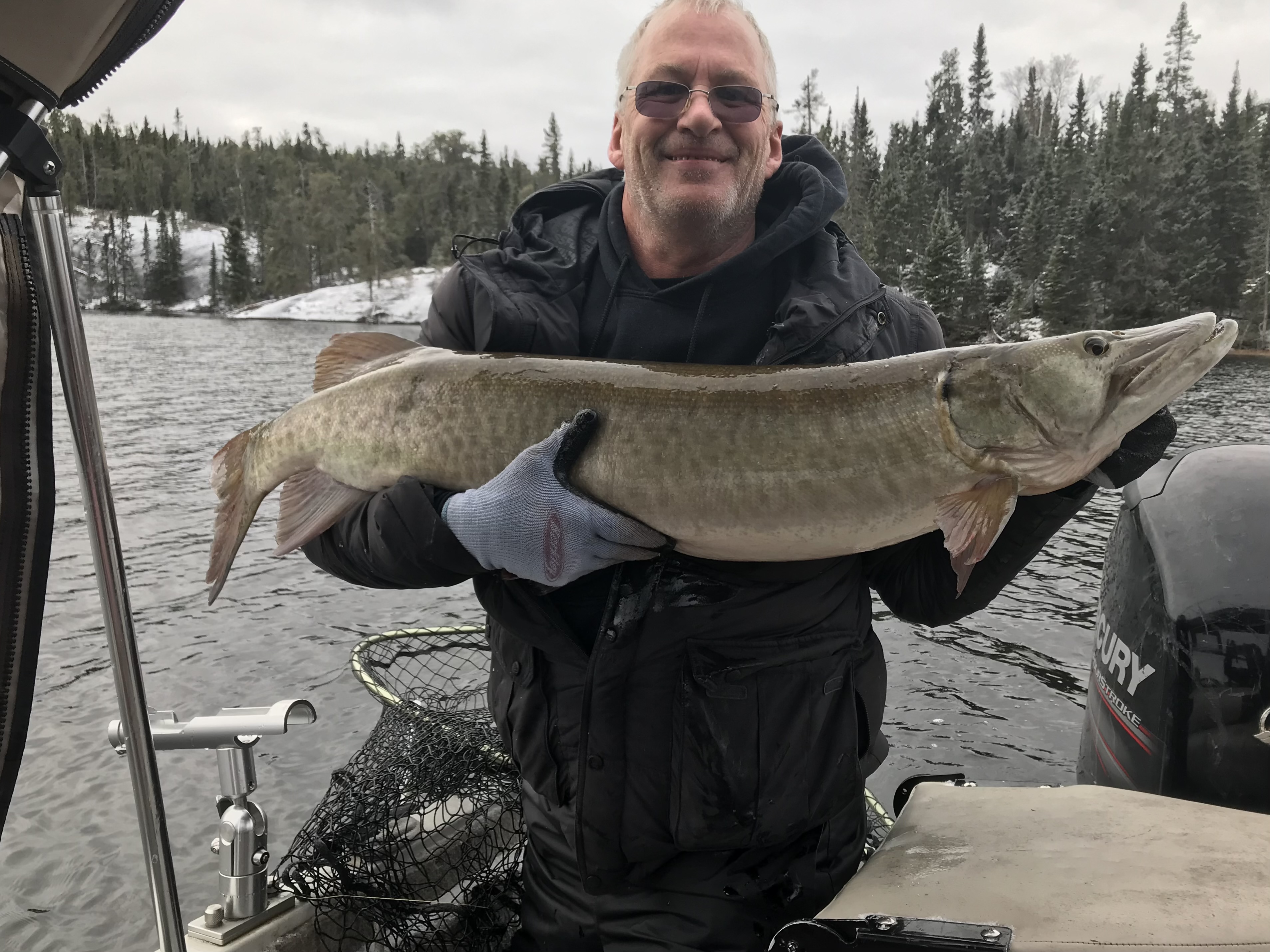
Recommended Articles
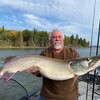
Is the 1,400 Kilometre Drive to Northwest Ontario For a Fishing Trip Worth it?
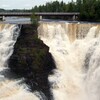
8 must-see waterfalls

6 Ways to Get Your 10,000 Steps This Fall
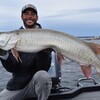
Top 5 Reasons You Should Be Fishing in Morson, Ontario

Discover The Winnipeg River
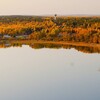
Enjoy Sunset Country's Fall Colours on Your Next Road Trip

Fishing in the Fall?
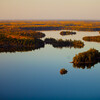
6 Reasons to Book a Fall Vacation to Sunset Country
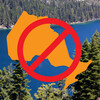
10 Reasons to Avoid Ontario’s Sunset Country
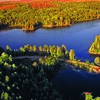
Heading Across Canada?

A Guide to Sunset Country Museums
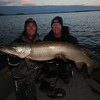
Fall Fishing Tips
5 Essential Boreal Experiences in Ontario's Sunset Country
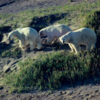
5 Obscure Facts About Northwestern Ontario: Were You Aware of These?

Great Food in Relatively Unknown Places
Outdoor Medicine
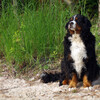
A Guide to Bringing Your Pets on Vacation to Canada
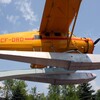
There's more than just fishing in the Red Lake Region

5 Amazing Sights You Can Only See By Boat

Going Fishing in Canada?
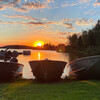
Going fishing in Ontario?

Outdoor Adventure in Ontario's Northern Paradise
Planning A Family Fishing Trip to Canada

Tips from a Fishing Legend
